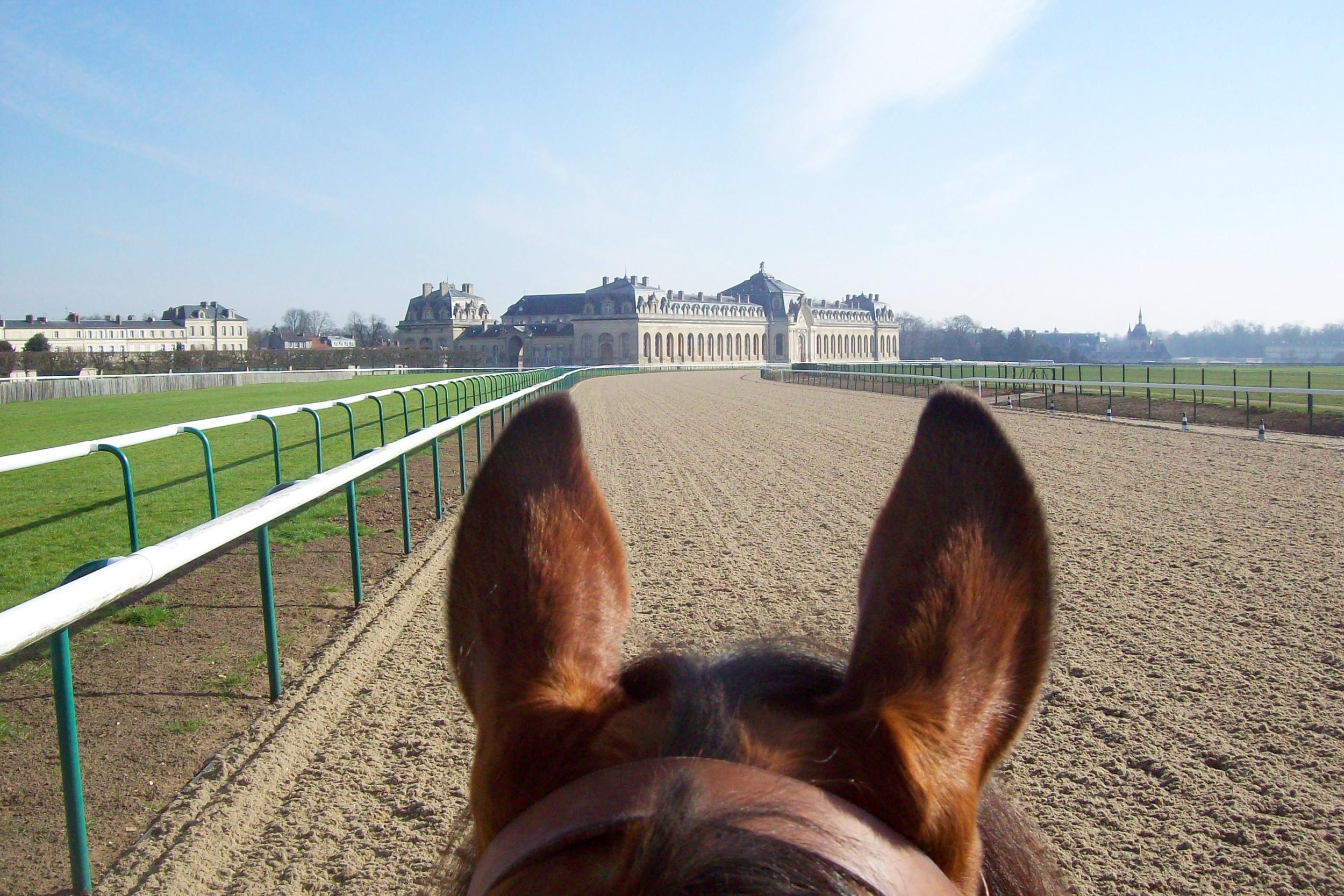Chantilly - Looking ahead to the next generation
By Giles Anderson
Racehorses have been trained in Chantilly since anyone can remember. It would be fair to say that the horses are part of the fabric of the town, perhaps just as much so as the bobbin lace, which Chantilly was famous for in the 17th century.
Matthieu Vincent, Trainer Centre and Racecourse Director and Marin Le Cour Grandmaison, Assistant to the Director, have the responsibility of managing the racecourse and training grounds.
Surrounded by forest and located some 30 kilometres from Paris, Chantilly is the iconic home of French racing and training. Managing the hectares of training grounds and the racecourse is no easy task, but the responsibility lies in the hands of Marin Le Cour Grandmaison and his boss Matthieu Vincent, who splits his time between Chantilly, Deauville, and Maisons-Laffitte. They see themselves as ambassadors for racing in Chantilly, evangelical about what the town has to offer and keen to expand the centre’s reach to up-and-coming young trainers.
Spending time in their company, it becomes clear that their primary focus is to give the trainers the tools they need to train horses better.
Site plan of Chantilly Training Grounds
Take Montjeu, who according to Vincent was not only his favourite horse but quite a quirky customer to train. “The horse was difficult and John (Hammond) did a great job with him. We would have him working at the racecourse at 5am. One day Cash Asmussen came to the racecourse to ride but John didn’t want him to gallop, just trot. He wanted him trotting for 500 hundred metres. But after 20 metres Montjeu wanted to go. So John stopped him and we ended up opening the racecourse to repeat the exercise five or six times and eventually he relaxed. We would do that for any trainer and it wouldn’t make any difference to us if they wanted to do something special at 5pm in the evening, we are here to help our clients.”
Chantilly is home to 110 trainers and approximately 2500 horses, of which 250 are jumpers (National Hunt). “In 2010 we had 2400 flat horses and 600 jumpers here and the average trainer was maybe 60 years of age,” says Vincent.
“If we compare Chantilly and Newmarket, Newmarket is more of a dream for some owners because they have a lot of classic younger trainers -- that’s good, the young. We need to have younger trainers, we want to help the young trainers here. It used to be every trainer’s dream to train here. Now we have the provinces, look at Jean Claude Roget: in 2005 he started to have classic horses but he’s not from Chantilly. So some said, ‘Maybe you can be a good trainer anywhere in France.’”
Chantilly Racecourse used to open for 12 days a year, but with the advent of all-weather racing in 2012 that number has jumped to 45. “But we have less and less horses in training in Chantilly since 2012. The track has helped us retain horses. It helps the trainers. Twenty years ago it was so quiet here and horses were just walking and trotting, but now with the all-weather tracks we’re training every day.”
The all-weather track has proven to be a good investment for the local economy, partly funded by the town, which put in €1,500,000 of the €5,000,000 cost. The annual tax income runs into a healthy seven figure sum. On top of that, the town is home to 2000 workers whose income comes from the racing industry, with a staggering 50% of the workforce being stable staff or riders. Who knows what the shrinkage would have been like if the all-weather hadn’t happened.

